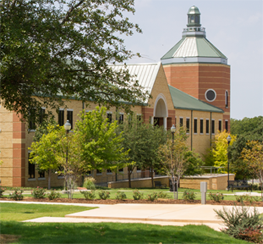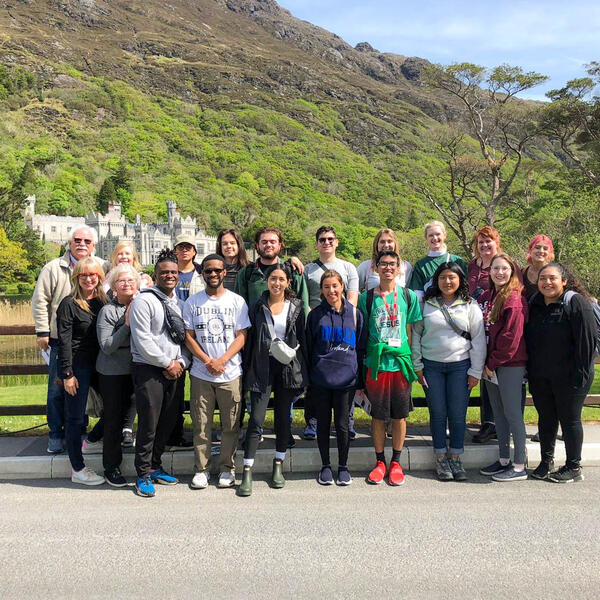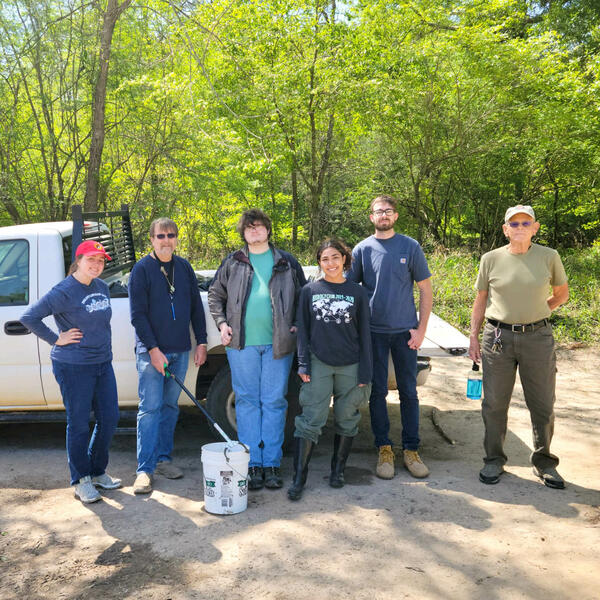Southwestern Adventist University Strategizes for the Future
Southwestern Adventist University Strategizes for the Future
Southwestern Adventist University has just finished its 125th year of inspiring knowledge, faith, and service and University leadership is hard at work drafting a strategic plan for years 2020 through 2023.
This summer, as part of this ongoing initiative, the campus hosted renowned speaker Dr. Karen Tilstra, founder of Creativity Effect, and her team from Advent Health’s Florida Hospital Innovation Lab (FHIL) on June 20 and 21. Dr. Tilstra, who specializes in helping organizations develop innovation teams and innovative spaces, led the vice presidents and various faculty and staff in planning sessions and open dialogues that allowed them to articulate a plan for enacting the university’s three-fold vision of Thriving Enrollment, Purposeful Engagement, and Supportive Environment.
Vice President for Student Services, James The, said, “The event allowed us to ask some penetrating questions concerning how our collaborative efforts position our university to meet the goals in our Strategic Plan. We asked, ‘how can we do cross-functioning in our efforts?’ because a lot of the things we do are intertwined. We wanted to focus not just on the number of students, but also the way we are engaging those students. We also wanted to examine how we are collaborating with the community and examine how we are living out the actual blueprint of our plan and moving our mission forward.”
As far as Thriving Enrollment, the faculty and staff participants have brainstormed answers to questions like these: “How are we engaging and supporting the ever-changing profile of 21stcentury students, including working students, parents, people who don’t prefer a classroom setting, and people who want to finish their programs in a shorter amount of time?” “For nontraditional students, how can we make the educational process the least interruptive to daily life?” and “Overall, how can we best package what we have to meet market needs?”
As part of the brainstorming process, faculty and staff participants took part in the four-quadrant activity, where they placed ideas into four categories: Game Changers; Been There, Done That, Could Be Better; No Brainers; Parking Lot.
Vice President The said, “It was nice to see that a lot of things we’re doing already fell into the ‘No Brainer’ and ‘Been There, Done That’ categories. We are already doing a lot of great things. But at the same time, we can improve what we are doing, such as how we package financial aid and the way we communicate to our constituency.”
Some of the game-changing ideas related to Thriving Enrollment included freezing tuition; offering larger discounts to entice first-year students; expanding and adapting the distance education program; and offering mini-mesters for students who want to complete courses in a shorter amount of time.
As far as Purposeful Engagement and Supportive Environment, the participants asked, “How is our campus environment supporting the learning process? How are we facilitating meaningful relationships with constituents? and How can we build more vital partnerships with the community?”
Game-changing ideas included creating a collaborative space to be enjoyed by both our University students and the surrounding community, a daycare center on campus, as well as showcasing the campus’s excellent vegetarian food as a dining option for the community.
University President Ken Shaw said, “Society is increasingly looking for healthier eating options, and we have one of the best vegetarian restaurants in the world and great chefs right here on campus. In this area of food and in every other area, we are looking into how to best package what we have to meet market needs and make it available to the community.”
During the annual colloquium meetings of faculty and staff, the vice presidents facilitated group sessions with all full-time university employees. The faculty and staff shared additional valuable strategic ideas along with ranking the importance of these various initiatives. .
The President and Vice Presidents will consolidate these ideas and engage the University’s Board of Trustees in September to respond and provide additional strategic initiatives to ensure we have a thriving enrollment, purposeful engagement, and supportive environment. The updated strategic plan will take effect in fall 2020.









